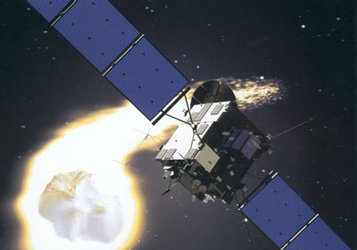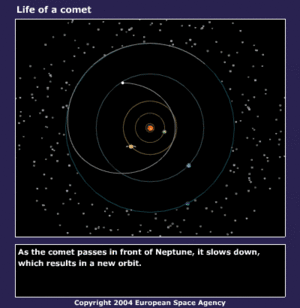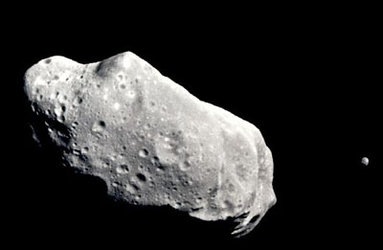Viewing Rosetta fly-by: audiocast with Detlef Koschny
Rosetta's Earth fly-by on 4 March will be a fantastic opportunity for amateur astronomers of all ages to view a live space mission in motion; decent binoculars or a basic telescope are all you will need. In an MP3 audiocast, a Rosetta mission scientist explains what to look for.
When Europe's comet-chasing spacecraft Rosetta swings by Earth on 4 March 2005, it will perform the closest fly-by of our home planet ever conducted by ESA.
Although not visible to the naked eye, the craft should be viewable with 7x50-power binoculars or any decent amateur telescope. Sky watchers using video cameras on a larger amateur telescope may even be able to distinguish Rosetta's 32-metre solar panels or high-gain antenna.
Keen hobbyists with photo imaging capability connected to their telescope should be able to record some great images.

Dr Detlef Koschny is a space scientist in ESA's Space Science Department (ESSD) at the European Space Research and Technology Centre (ESTEC) in Noordwijk, The Netherlands, whose work focuses on meteor astronomy.
He is deeply involved in the Rosetta mission and will be paying close attention on the evening of 4 March when Rosetta zooms past at a mere 1900 km.
In this MP3 audiocast, Dr Koschny explains the fly-by event and what sky watchers in Europe should expect. (See link below or at right.)
(Portable music device owners may save the MP3 file for off-line listening.)
Editor's note: Rosetta Up Close photo contest
Sky watchers everywhere are invited to submit their photos of Rosetta passing Earth to ESA's "Rosetta Up Close" photo contest. Details of the contest, rules, prizes and submission procedures will be posted shortly on ESA web.











